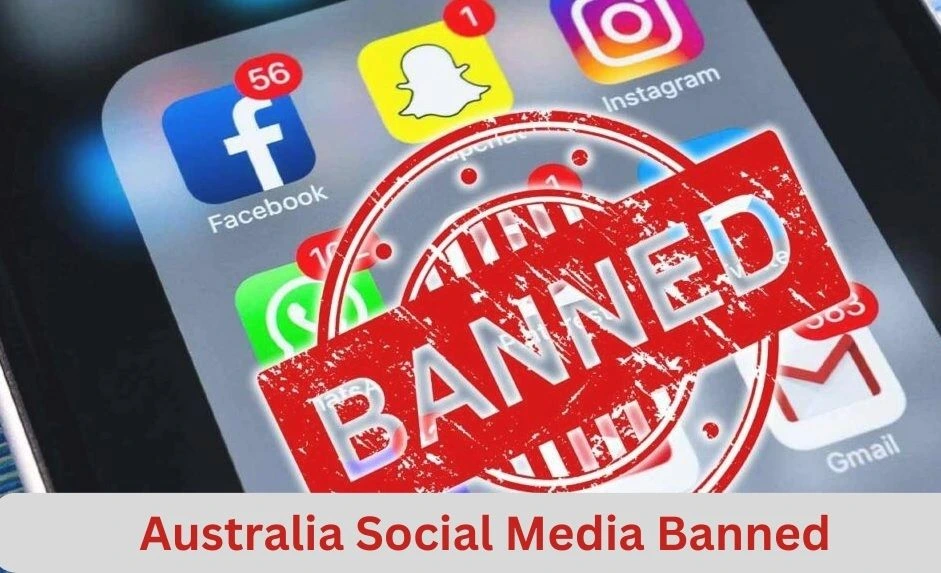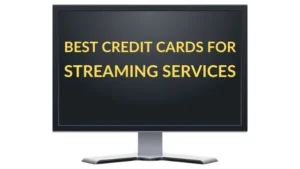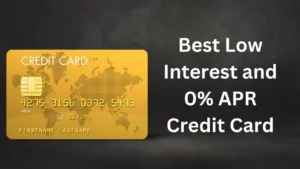Australia’s social media ban is a bold step towards protecting its youth in the digital world. In a landmark move, the Australian government has announced a nationwide ban on social media platforms for children under the age of 16. The new regulation is designed to safeguard young minds from the mental health risks, online exploitation, and harmful content that have plagued social media spaces for years. The law restricts access to popular platforms, aiming to create a safer online environment for its youth. This post will cover the full details of the ban, its implications, and the global conversation surrounding this decision.

Australia Social Media Ban: A Historic Move in the Digital Age
Australia has become the first country to implement a nationwide ban on social media platforms for individuals under the age of 16. In an era dominated by smartphones and social media, this move aims to protect vulnerable young users from exposure to harmful online content, cyberbullying, and the adverse effects social media can have on mental health. The Australian government’s decision is a response to growing concerns about the negative impact of social media on children and teens. The new law will set a precedent for other countries to follow in the future.
The Age Limit for Social Media in Australia
One of the most significant changes in the law is the age restriction. Under this new regulation, Australians under 16 will no longer be allowed to access popular social media platforms like Facebook, Instagram, TikTok, and Snapchat. This measure aims to protect teens from online risks, including exposure to inappropriate content, cyberbullying, and the pressure to conform to unrealistic beauty standards or lifestyles.
Why Is Social Media Ban Being Introduced?
The decision to implement such a ban is driven by concerns about the impact of social media on mental health, especially among young users. Research has shown that excessive use of social media platforms can lead to anxiety, depression, and social isolation in teens. Moreover, younger users are more susceptible to online predators, and there have been numerous incidents of cyberbullying that have led to tragic outcomes.
By imposing a social media age limit, the government hopes to provide a safer digital environment for minors. This law is also part of a broader effort to regulate the digital space, protect user privacy, and ensure that social media companies take more responsibility for the safety of their users, especially the younger demographic.
What Social Media Apps Will Be Banned for Under-16s?
The law applies to major social media platforms, including but not limited to:
- Snapchat
- TikTok
- Twitter (now X)
- YouTube
These platforms have become integral parts of teenagers’ lives worldwide. However, the Australian government has decided to take a bold stance, focusing on limiting access to these apps for those under 16 years old. The law is designed to prevent minors from creating accounts or using these platforms without parental supervision.
Will Parents Be Able to Monitor Usage?
While the law restricts access to social media for minors under 16, it doesn’t completely eliminate the ability for parents to monitor or control their child’s use of these platforms. The government encourages parents to take an active role in guiding their children’s online habits. Additionally, parents may still be able to allow their children to use certain platforms, but with more stringent oversight and conditions.
What Are the Consequences of Violating This Social Media Ban?
Social media companies will be required to implement more robust age verification systems to prevent underage users from signing up. If a social media platform is found to have allowed under-16 users to register or use their services, they may face legal action and heavy fines. The onus will be on the companies to ensure that their user base is compliant with this new age restriction.
The Global Implications of Australia’s Social Media Ban Decision:
Australia’s move could set a precedent for other nations grappling with similar concerns about social media’s impact on youth. While some countries already have age restrictions for social media platforms, Australia’s outright ban for under-16s marks a dramatic shift. It has sparked a global conversation about whether other nations should follow suit or whether such measures are too restrictive.
Conclusion
Australia’s landmark decision to ban social media for children under 16 reflects the growing concern over the safety of young users in the digital world. While it may be a controversial decision, it signals the country’s commitment to protecting its youth from the harmful effects of social media. This move could potentially lead to similar reforms globally as other governments reconsider how best to safeguard their younger populations. Whether or not the law will be effective in the long term remains to be seen, but it is undoubtedly a bold step in the ongoing conversation about the role of social media in our lives.
FAQs
What is the new social media ban in Australia?
Australia has passed a new law that bans social media platforms for individuals under the age of 16. This measure is intended to protect children and teens from harmful online content, cyberbullying, and mental health risks associated with social media use.
What social media apps are banned in Australia?
he ban applies to popular social media apps such as Facebook, Instagram, TikTok, Snapchat, and YouTube, as well as others that have a similar impact on young users.
What is the minimum age for social media in Australia?
Under the new law, individuals must be at least 16 years old to legally access and use social media platforms in Australia.
What happens if social media platforms don’t comply with the age restrictions?
Social media companies that fail to enforce the age restriction could face significant fines and legal action for allowing underage users on their platforms.
Can parents allow their children to use social media platforms under the age of 16?
While the law restricts social media use for children under 16, parents may still monitor and control their children’s usage under specific conditions.
Is this social media ban permanent, or will it be reviewed?
The ban is currently in effect, but it may be reviewed or adjusted in the future based on its effectiveness and the feedback from citizens and experts.
Will other countries adopt similar social media ban laws?
While Australia is the first to implement such a ban, other countries are closely watching this move and may consider similar measures if the law proves successful in protecting young people online.
When will this social media ban be effective ?
The new social media ban in Australia, which restricts access to major platforms for individuals under the age of 16, is set to be implemented in 2025. This gives both social media companies and users time to adapt to the new regulations and for platforms to establish age verification systems to comply with the law.






